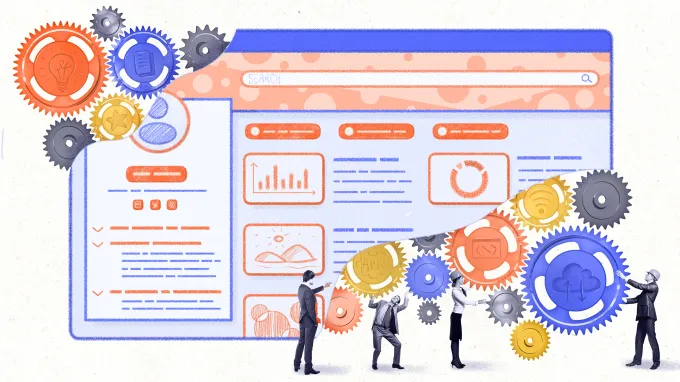Front-End Development Trends in 2025: What Every Developer Should Know
27 August 2025

Clean Architecture is not just a theoretical concept—it’s a practical blueprint for structuring modern web applications. By applying its principles, developers can create web apps that are easier to scale, test, and maintain in fast-moving environments.
Steps to Implement Clean Architecture in Web Applications:
Define Your Entities
Start with the core business rules. These should not depend on frameworks or libraries.
Set Up Use Cases
Define application logic (e.g., user registration, payment processing) as independent services.
Build Interface Adapters
Create controllers, presenters, and gateways that connect use cases to external systems (UI, database, APIs).
Use Frameworks as Tools, Not Core Logic
Treat frameworks (React, Next.js, Express, Spring) as delivery mechanisms, not the center of your application.
Prioritize Dependency Rule
Always depend inward. Outer layers (UI, databases) should never dictate core business logic.
Clean Architecture in Practice (2025 Example):
Imagine a modern e-commerce app. With Clean Architecture:
The Entity layer defines products, users, and orders.
Use Cases handle checkout, payments, and inventory logic.
Interface Adapters connect to Stripe, MongoDB, and React UI.
Frameworks & Drivers run on Next.js and cloud hosting (e.g., AWS or Vercel).
This separation ensures that if you replace MongoDB with PostgreSQL or React with another UI framework, your business logic remains unchanged.